The Noushabad Underground City is an outstanding illustration of prehistoric engineering and clever planning. This amazing underground building, called Ouyi, is located close to Kashan, Iran, and it was built during the Sassanian era some 1500 years ago.
It displays an intricate system of chambers, tunnels, and strategically placed defensive elements that have been painstakingly built to fend against assaults. Visitors are engrossed in a historical story where villages previously thrived beneath the soil as they make their way through this secret maze.
The Historical Significance of Noushabad

Built for a variety of uses, the Noushabad underground city was constructed under the Sassanid Empire (also known as the Neo-Persian Empire), which lasted from 224 to 651. One of the Sassanid kings who traveled through this region gave the city the name Noushabad, which means “city of cold tasty water.” Its creation was partly motivated by the need to provide a means of escape from the intense heat of the Iranian desert region. However, the main driver for building the underground city was the history of raids and instability in the area. Invaders posed a continual threat to the inhabitants of ancient Persia, and the Noushabad underground city served as a safe refuge during conflicts and invasions.
Throughout the Seljuk, Safavid, and Qajar dynasties, the city kept growing. Numerous lives were spared from the unfathomable cruelty of the Mongol invaders in the 13th century and from the Arab invaders centuries earlier.
Architectural Marvel of the Sassanian Era
This historic subterranean city is a marvel of architectural design, its distinctive and complex layout offering advantages for both defense and utility.
People are able to live and work underground for lengthy periods of time without having to leave the city because of a network of tiny passageways, stairwells, and chambers that are arranged across three levels.
There were many entrances to enter the city, which ranged in depth from 4 to 18 meters. A few of these apertures were found in people’s homes, while others were found in public areas like the main fort outside the town.
The chambers’ arched ceilings and supporting pillars provide an amazing sight. They are sculpted out of soft limestone rock. In order to illuminate the gloomy, maze-like passageways and rooms, it also features fat-burning lamps set into carved crevices in the walls.
The city’s ventilation system is among its most remarkable characteristics. No matter how deep you go, fresh air is always available thanks to the clever architecture, which consists of a maze of rising and descending passageways and a network of air ducts that permit unrestricted airflow throughout the building.
The water supply system of the Noushabad Underground City is another remarkable feature. The town’s numerous subterranean wells and channels offer its citizens a dependable supply of water.
Strategic Defense and Urban Planning
Ouyi is special because of its defense features. Intruders find it challenging to negotiate the intricate web of routes connected by tiny hatches that can only accommodate one standing person at a time and the narrow paths that are only accessible by crawling. The intricate layout of the city further complicates access.
It provides its inhabitants total control over possible trespassers, enabling them to defend themselves from assailants. Additionally, because the U-shaped tunnels connected the various levels, the invading soldiers would have to strike towards the end of each tunnel, which would give the defensive soldiers an edge in height and time to dominate their enemies.
The rooms had deep holes in the center that were filled with revolving stones that would topple over if someone trod on them. Residents of old Noushabad and other adjacent villages would hide out in the Ouyi subterranean network when enemy forces raided the region above the city. To confuse the adversary, they would enter the building and go in a single-file line, with the first person lighting the wall-mounted torches and the last person shutting off the next torch.
Exploring the Depths of Noushabad

You have to explore the subterranean city’s depths in order to fully understand Noushabad’s wonders. A peek into the life of those who lived in this underground society may be had by exploring the complex rooms and passages.
A Journey Through the Tunnels
Embarking on a captivating journey through the tunnels of Noushabad is like embarking on a voyage through time. As visitors venture into the narrow passages, they are greeted by a mesmerizing display of ancient carvings and inscriptions, testaments to the exceptional craftsmanship of the Sassanian artisans. The labyrinthine tunnels wind their way through the underground city, creating a network of interconnecting paths that reveal the intricate and sophisticated architectural design.
Each turn exposes new sections, unveiling the complexity and ingenuity of the city’s layout. This immersive experience allows visitors to witness firsthand the magnificence of Sassanian artistry and gain a profound appreciation for the historical significance of Noushabad.
The Three Layers of the City
The Underground City of Noushabad is an architectural marvel divided into three distinct layers: the upper, middle, and lower levels. These layers were ingeniously designed to fulfill specific purposes, with the upper level serving as residential quarters, providing a haven for the city’s inhabitants. The middle level encompassed storage facilities, ensuring the preservation of essential resources and supplies. Lastly, the lower level was dedicated to public spaces that facilitated social interactions and communal gatherings. This meticulous organization of the city’s layers reflects an advanced understanding of urban planning, catering to the diverse needs of the community and enhancing their quality of life.
The Modern Rediscovery of Noushabad

The Noushabad Underground City was unintentionally uncovered in the 1960s after being concealed for millennia. Subsequent investigations have been carried out, providing insights into the historical and cultural importance of this subterranean masterpiece.
Accidental Discovery and Subsequent Research
While excavating a well, a farmer’s spade accidentally struck a subterranean chamber, leading to the unintentional discovery of the Noushabad Underground City. A deep curiosity sparked by this accidental meeting led to lengthy excavations overseen by historians and archaeologists.
Their diligent work paid off, revealing a wealth of information on the minute intricacies of daily living in that age, the intricacy of Sassanian defense systems, and the splendor of Sassanian architecture. With these finds, our knowledge of Sassanian civilization has grown considerably and we now have an enthralling and inspiring window into a fascinating historical period.
Noushabad as a Tourist Attraction
The Noushabad Underground City is becoming a well-known tourist destination as a result of its current interest with tourists from all over the world. Travelers who are passionate about exploring its rich historical importance and breathtaking magnificence make their way to this underground wonder.
Through fascinating journeys through the complex tunnels, guided tours offer an immersive experience that lets guests discover the mysteries of the ancient civilization that once flourished inside its depths. These visits provide a singular opportunity to learn about the customs, everyday life, and architectural splendor of the past, leaving guests with a strong respect for Noushabad’s ongoing heritage.
The Cultural and Architectural Legacy of Noushabad

The Underground City of Noushabad has left an enduring legacy in terms of both culture and architecture. It serves as a valuable piece of Iran’s rich heritage and contributes to our understanding of ancient civilizations.
Noushabad in the Context of Iranian Heritage
Noushabad holds a significant and cherished place in the context of Iranian heritage. As a testament to the architectural brilliance of the Sassanian era, it stands as a remarkable symbol of Iran’s rich cultural and historical depth. The preservation and recognition of the Noushabad Underground City contribute greatly to the pride and identity of the Iranian people, as it serves as a tangible link to their ancient past and a source of inspiration for future generations. Its enduring legacy resonates deeply, reminding Iranians of their remarkable heritage and fostering a sense of cultural continuity and national pride.
Architectural Insights and Innovations
The architectural insights gained from Noushabad are invaluable. The intricate tunnel systems, ventilation shafts, and structural stability demonstrate the advanced engineering techniques employed during the Sassanian era. The architectural layout incorporates water management systems, such as wells and windcatchers, to ensure a sustainable water supply and ventilation. The intelligent design of the underground city enabled its inhabitants to thrive in a challenging environment, highlighting the ingenuity and forward-thinking approach of the builders.
These insights continue to inspire architects and historians, showcasing the innovative spirit of ancient civilizations. The enduring legacy of Noushabad’s architectural innovations serves as a reminder of human ingenuity and the timeless beauty that can be achieved through thoughtful design and engineering.
Conclusion: The Timeless Wonder of Noushabad

The Noushabad Underground City is a testament to human ingenuity and the enduring allure of ancient civilizations. Its remarkable architecture, strategic design, and historical significance have captivated visitors and researchers alike. As we continue to explore the depths of this underground marvel, Noushabad will undoubtedly reveal more about the fascinating world of the Sassanian era and inspire awe for generations to come.
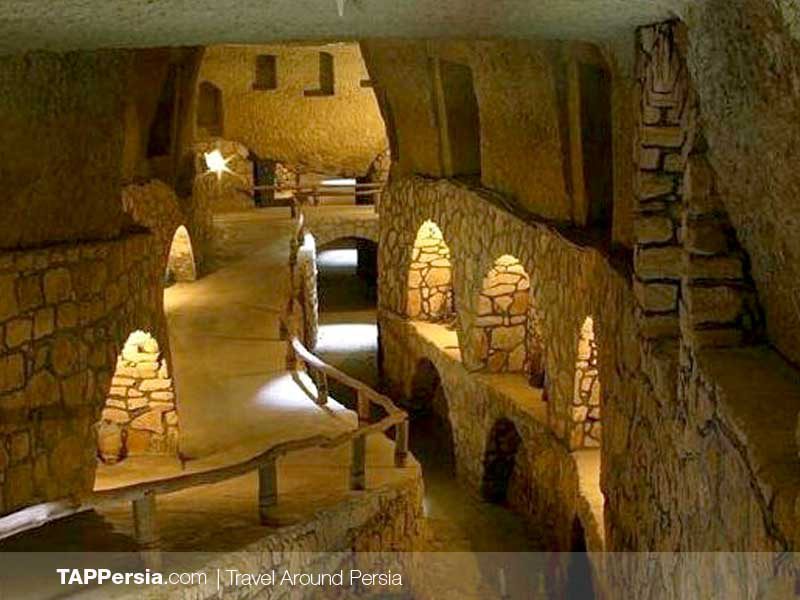
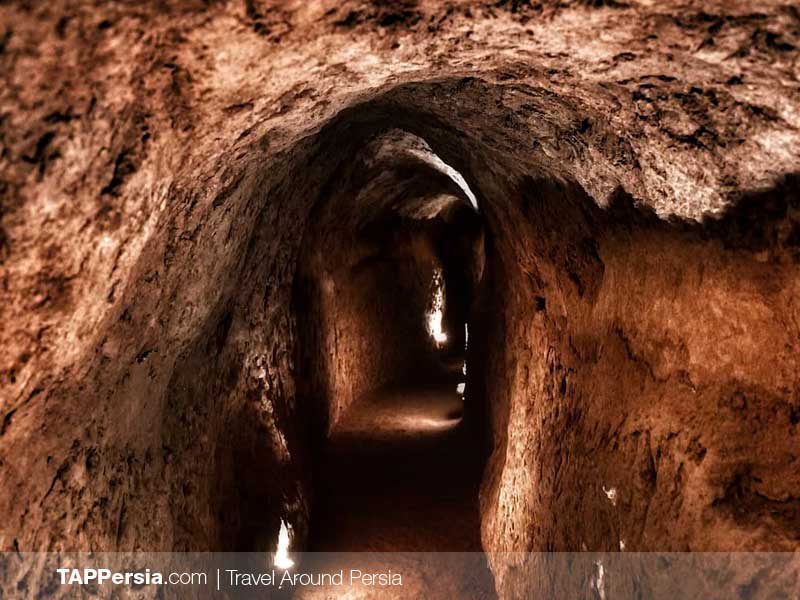
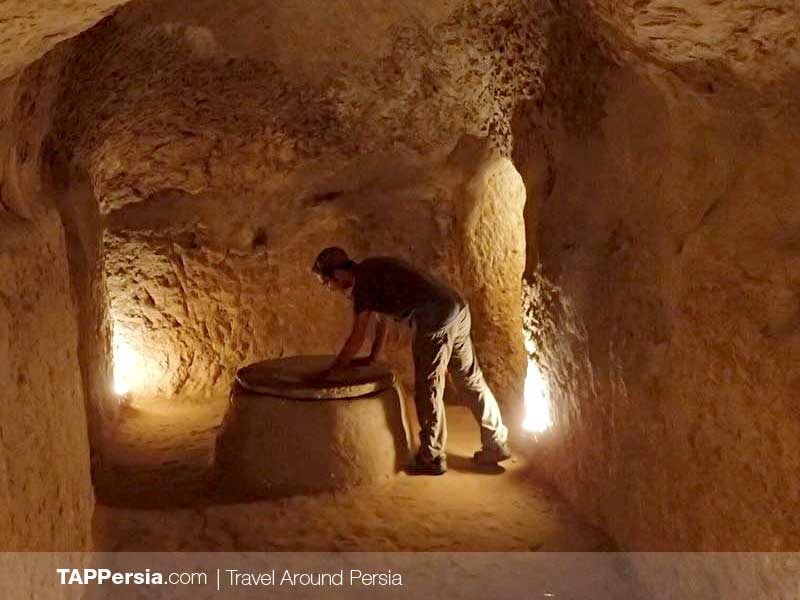

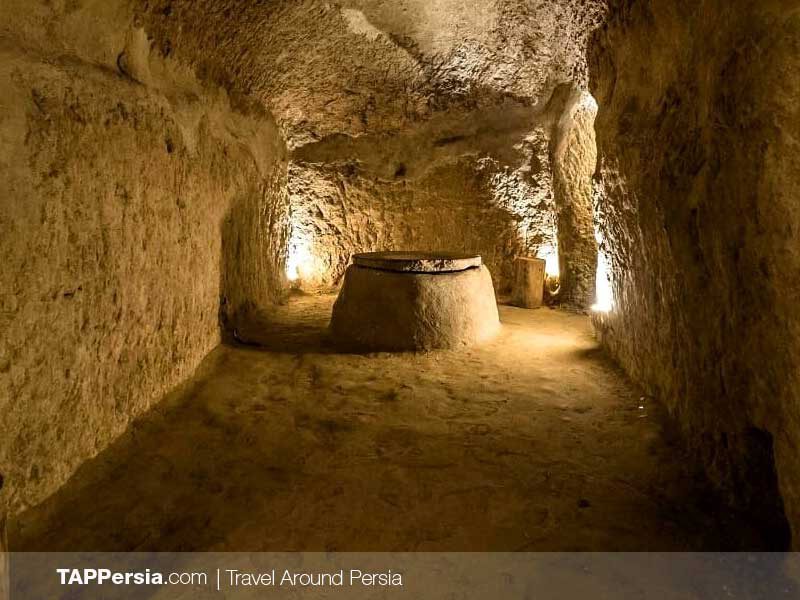
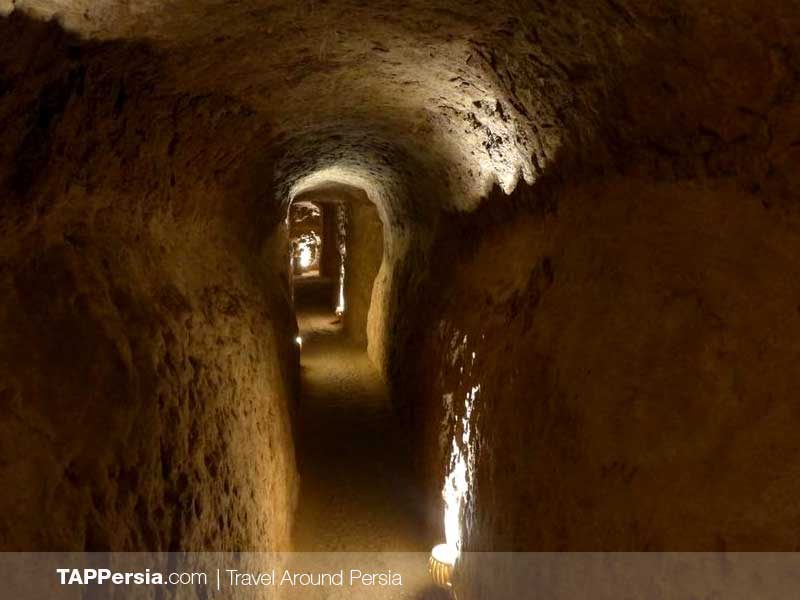
Recommended Tours

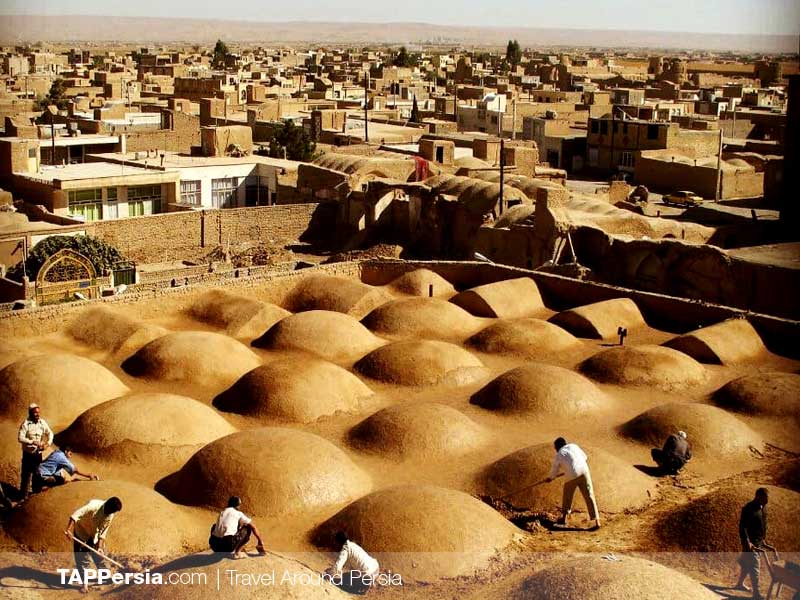
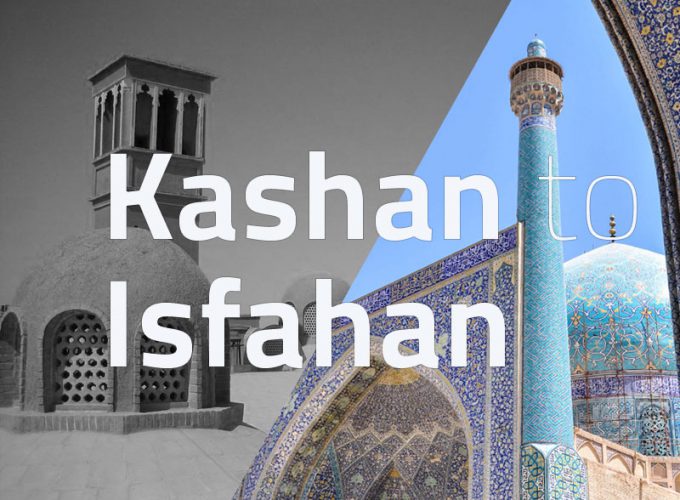
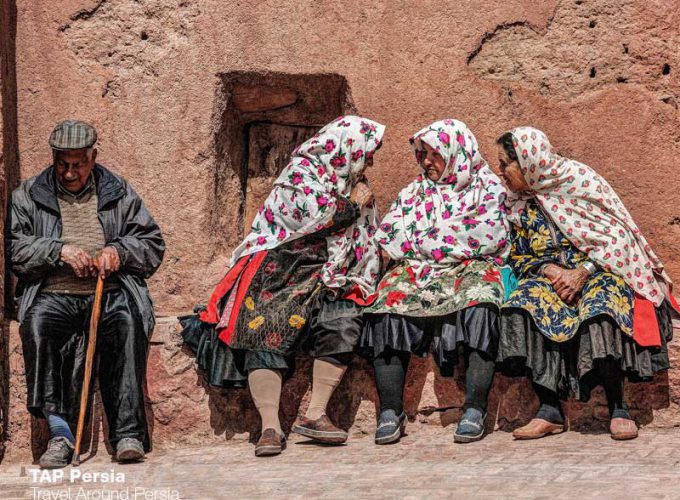

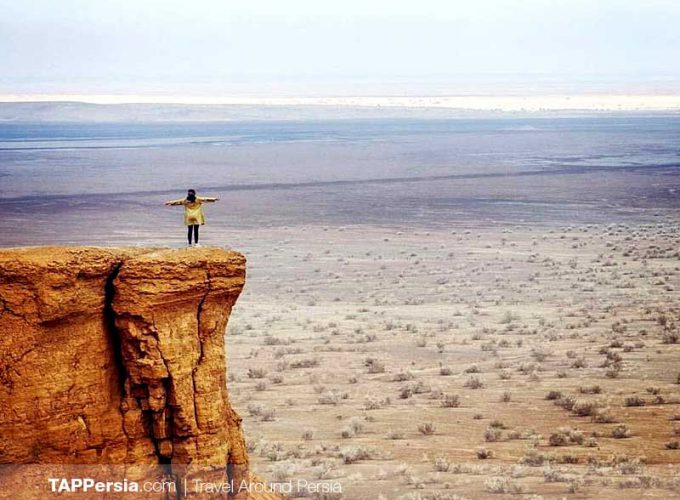
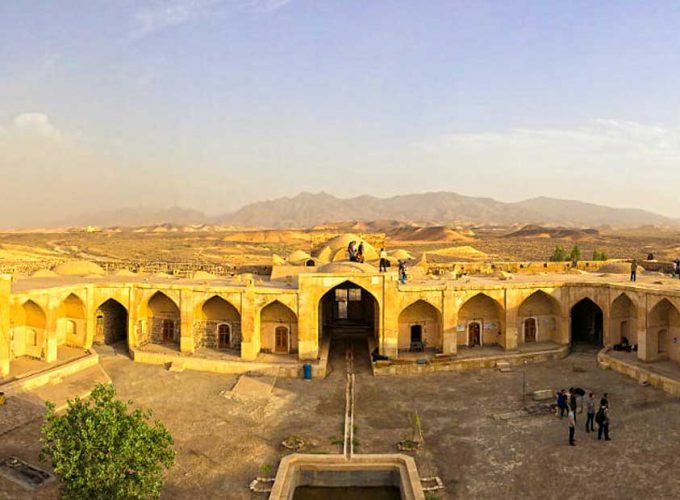

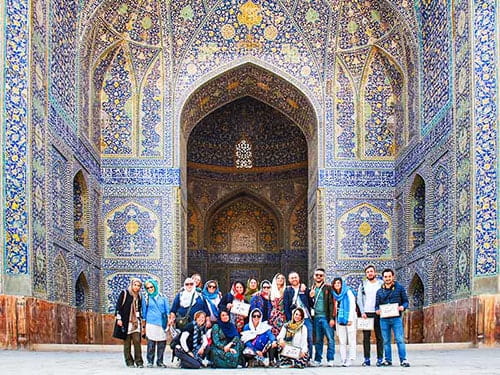

Comment (0)